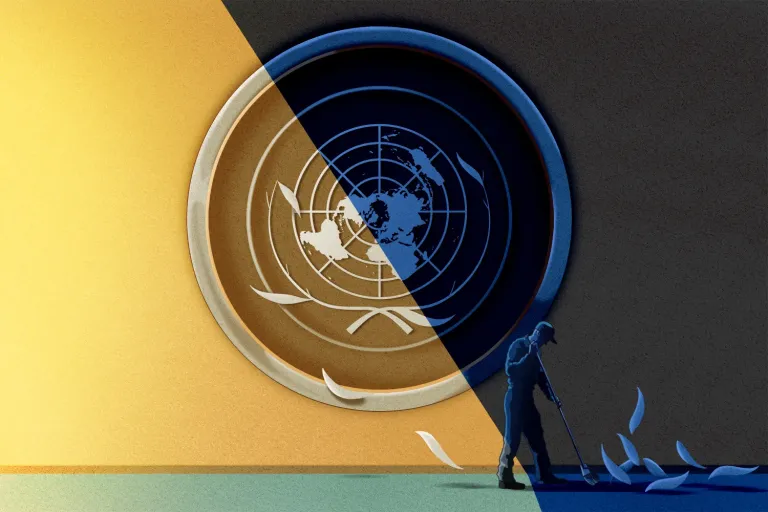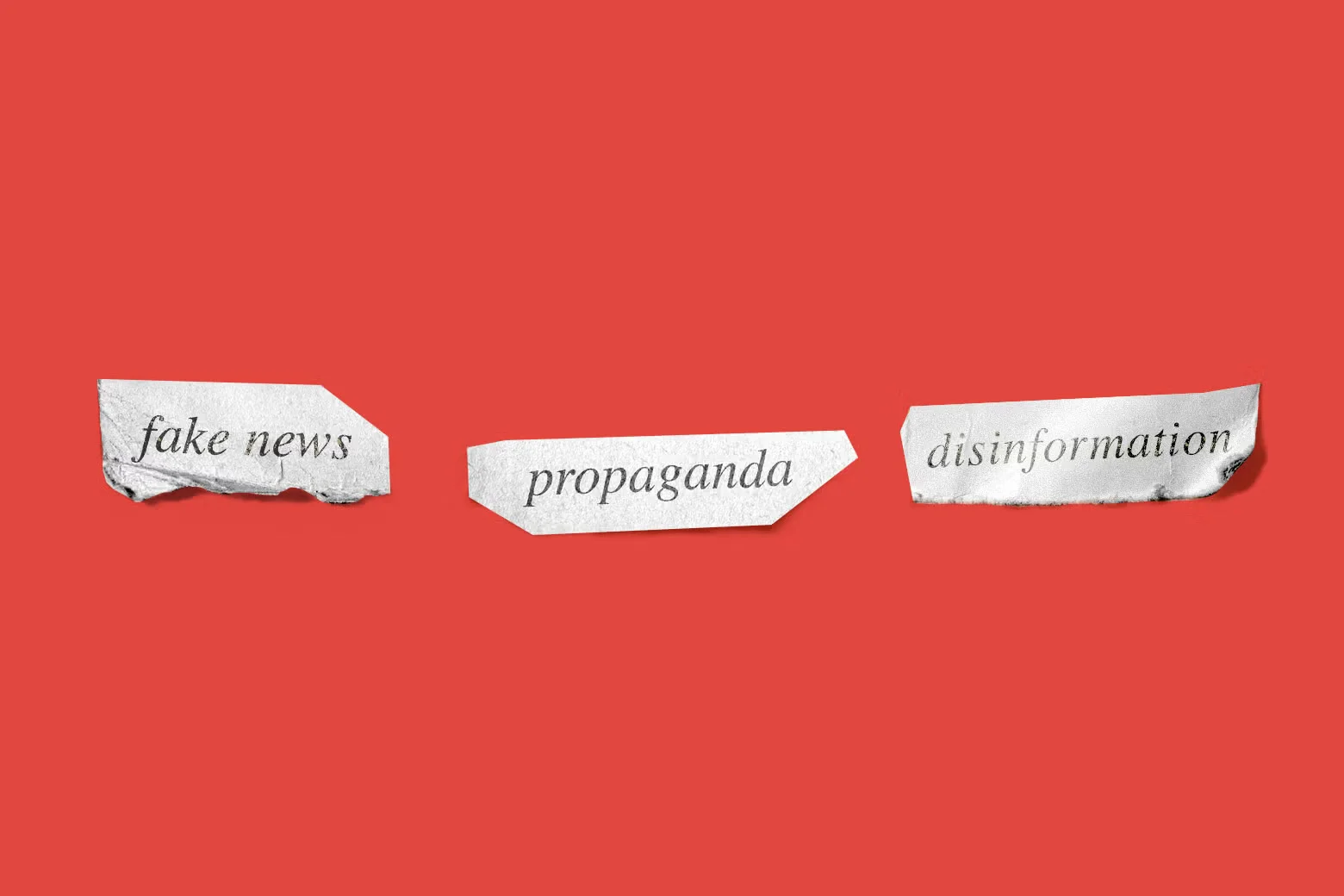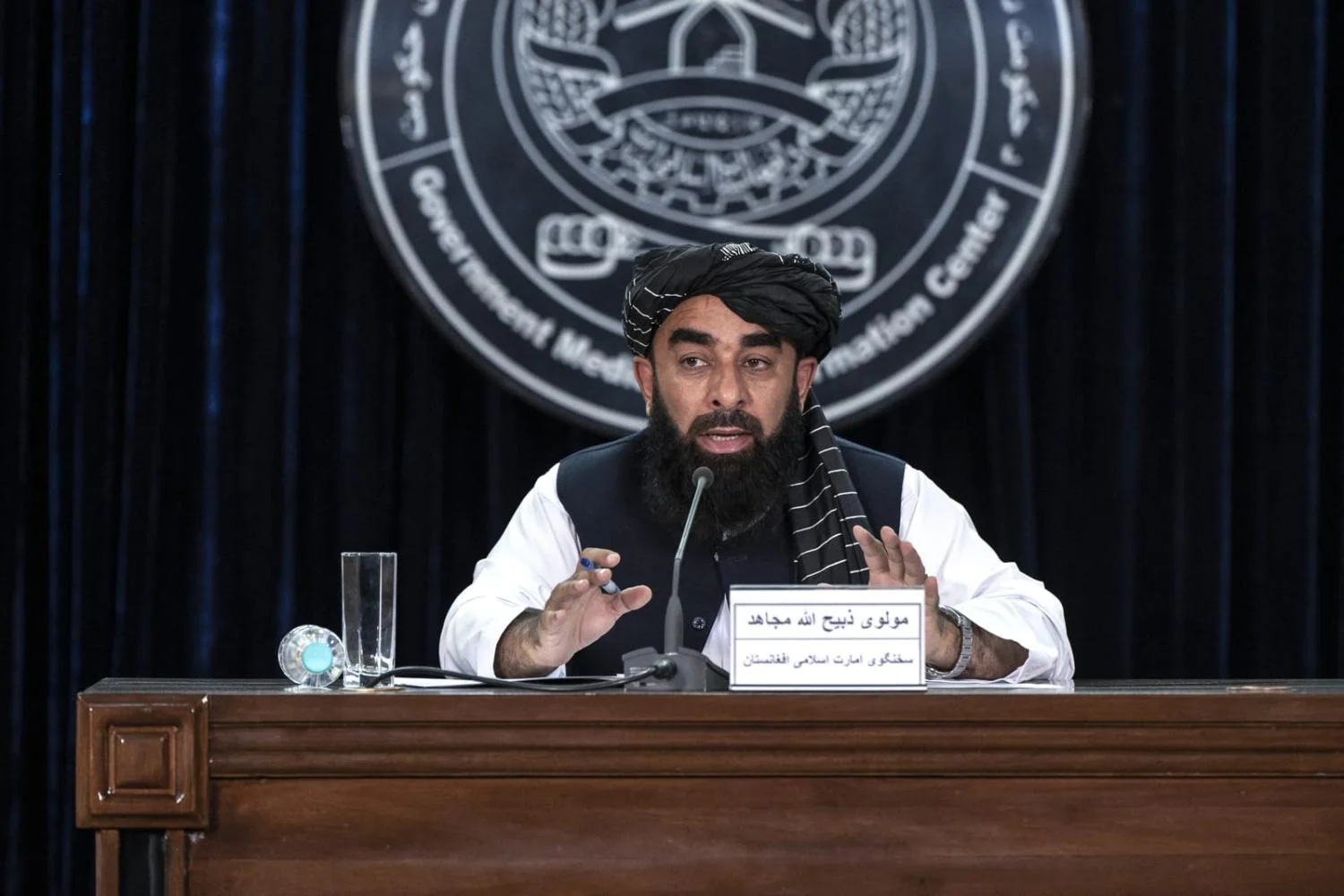India is exploring ways to import regular supplies of Mongolian coking coal by way of Russia, a senior government official with direct knowledge of the matter said, as New Delhi seeks to avoid over-reliance on transit through China.
Mills in India, the world’s second-biggest producer of crude steel, grappled with volatile Australian supplies of coking coal last year, and the government sent delegations to Mongolia in an effort to diversify sources of the fuel.
Despite a longer route, Indian steel companies will now consider importing Mongolian coking coal by way of Russia, said the official, who spoke on condition of anonymity, as the deliberations are not public.
“There are strategic issues about sourcing via China, and the route is much longer if it has to come from Russia,” the source said.
India’s steel ministry did not immediately reply to an email from Reuters to seek comment.
Also See: Record High Prices Dampened India Gold Demand Ahead of Key Festival
After the Australian supply disruptions, Indian mills asked the government to step in and help work out routes to ensure regular supplies of coking coal from Mongolia.
Landlocked but resource-rich Mongolia can offer superior grades of coking coal, say industry officials. Its product is about $50 a metric ton cheaper than the Australian equivalent, the government source said.
Although some supplies have come to India by way of China, Indian authorities feel New Delhi should not entirely rely on Beijing for steady supplies of coking coal from neighbouring Mongolia, however.
Ties between the Asian giants have been tense since the biggest military confrontation in decades on their disputed Himalayan border killed 20 Indian and at least four Chinese soldiers in June 2020.
Thousands of troops remain mobilised on each side.
India and China reached a deal on Monday to patrol their disputed border in a bid to de-escalate tensions. Unlike China, India has traditionally maintained close ties with Russia.
Indian steel companies consume about 70 million metric tons of coking coal a year, with 85% of the need filled by imports.
Australia usually accounts for more than half of India’s annual imports of coking coal. In addition, India imports coking coal from Russia, the United States and a few other countries.
India imported 29.4 million metric tons of coking coal during the first half of the current fiscal year from April, up nearly 2% on the year, says commodities consultancy BigMint.
This news is sourced from Reuters and is intended for informational purposes only.

![India explores importing Mongolian coking coal via Russia to diversify supply and reduce reliance on China. [Reuters]](https://southasiatimes.org/wp-content/uploads/2024/10/DZK2UXXK3FKYJHCGEMFLFSGBLU.webp)




